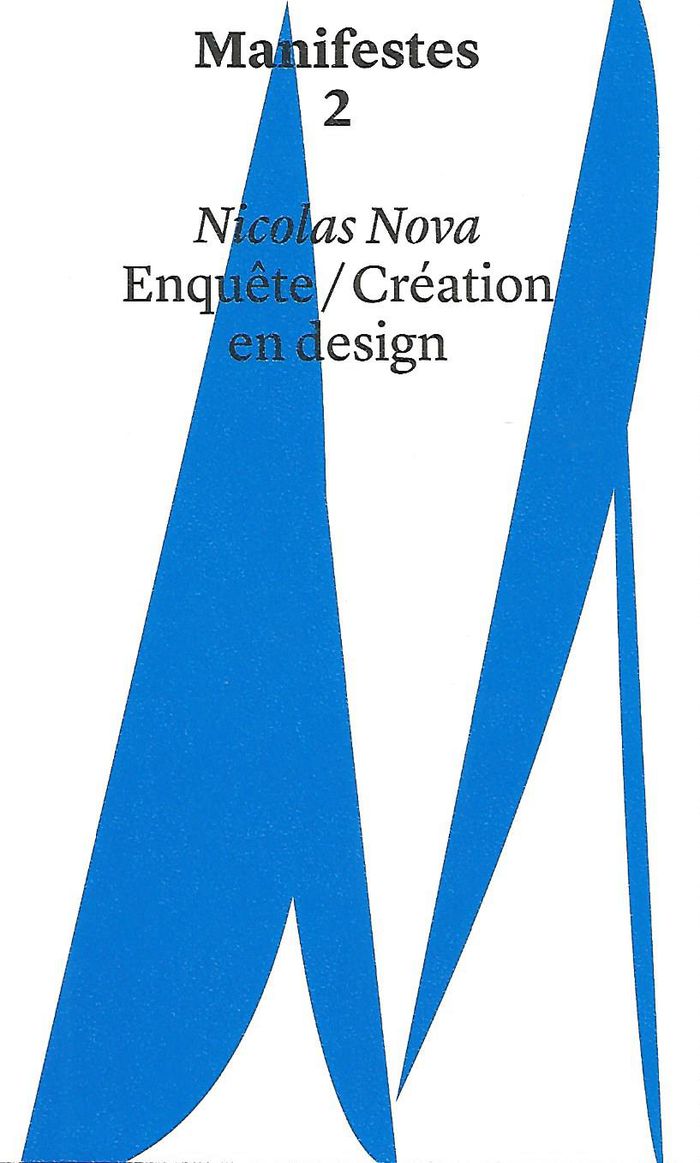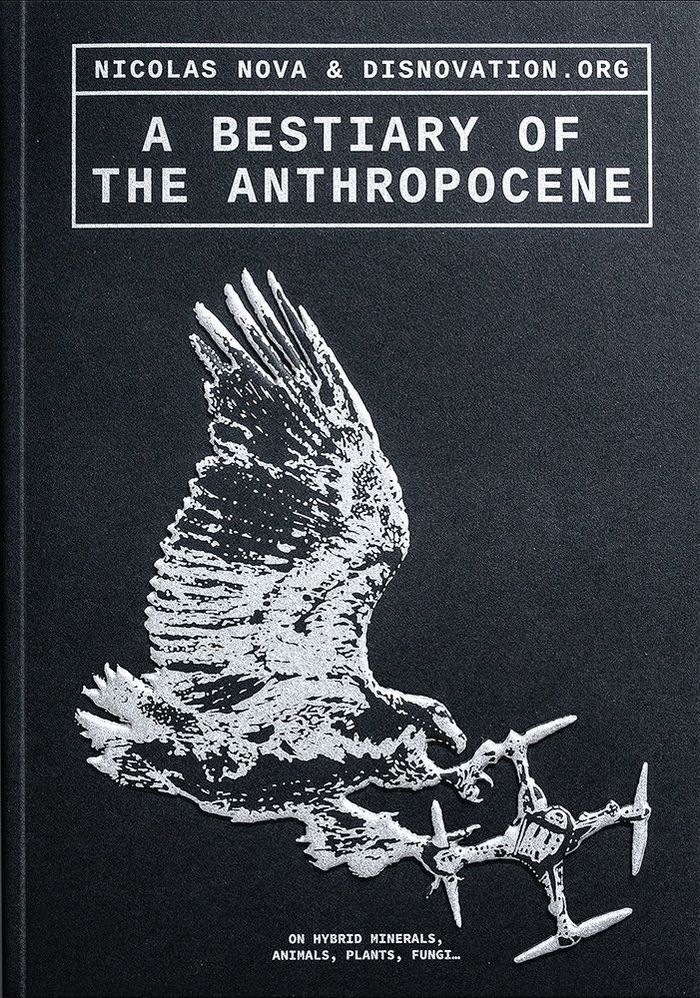$34.95
(disponible sur commande)
Résumé:
La science fiction, dans sa version littéraire ou cinématographique, a depuis longtemps alimenté les visions technologiques en mettant en scène toutes sortes d'objets "futuristes". Voiture volantes, vaisseaux spatiaux, stations orbitales et autres robots humanoïdes ont ainsi formé l'ossature de bien des récits. Pour autant, ces artefacts emblématiques semblent absents de(...)
Futur? La panne des imaginaires technologiques
Actions:
Prix:
$34.95
(disponible sur commande)
Résumé:
La science fiction, dans sa version littéraire ou cinématographique, a depuis longtemps alimenté les visions technologiques en mettant en scène toutes sortes d'objets "futuristes". Voiture volantes, vaisseaux spatiaux, stations orbitales et autres robots humanoïdes ont ainsi formé l'ossature de bien des récits. Pour autant, ces artefacts emblématiques semblent absents de notre vie de tous les jours, comme si l'avenir décrit depuis une soixantaine d'années était sans cesse repoussé. Ce qui n'empêche pas certains de continuer à répéter ces mêmes mythes comme victimes d'une panne imaginaire. Doit-on se cantonner à ces visions du futur ? Des imaginaires alternatifs ne sont-ils pas en cours de construction ? Est-ce que cet avenir technologique n'est pas advenu autrement ? Cet ouvrage aborde ces différentes questions et montre comment d'autres champs que la science-fiction explorent des futurs possibles.
Architecture numérique
$23.75
(disponible sur commande)
Résumé:
While the overhaul of higher education linked to the Bologna process encouraged the development of design research in art schools, this interest pre-existed in design agencies which were quick to produce surveys in various forms. In this essay, Nicolas Nova synthesises the main specificities of this type of approach and demonstrates how it escapes the academic canon.(...)
Manifestes 2: Investigation/ Design
Actions:
Prix:
$23.75
(disponible sur commande)
Résumé:
While the overhaul of higher education linked to the Bologna process encouraged the development of design research in art schools, this interest pre-existed in design agencies which were quick to produce surveys in various forms. In this essay, Nicolas Nova synthesises the main specificities of this type of approach and demonstrates how it escapes the academic canon. Indeed, design research is an expanding field, which produces knowledge in a wide variety of forms: texts, drawings, prototypes, interfaces, etc.
Théorie du design
$47.95
(disponible sur commande)
Résumé:
Plastiglomerates, surveillance robot dogs, fordite, artificial grass, antenna trees, COVID-19, decapitated mountains, drone-fighting eagles, standardized bananas: all of these specimens—some more familiar than others—are examples of the hybridity that shapes the current landscapes of science, technology and everyday life. Inspired by medieval bestiaries and the(...)
A bestiary of the Anthropocene. Hybrid plants, animals, minerals, fungi, and other specimens
Actions:
Prix:
$47.95
(disponible sur commande)
Résumé:
Plastiglomerates, surveillance robot dogs, fordite, artificial grass, antenna trees, COVID-19, decapitated mountains, drone-fighting eagles, standardized bananas: all of these specimens—some more familiar than others—are examples of the hybridity that shapes the current landscapes of science, technology and everyday life. Inspired by medieval bestiaries and the increasingly visible effects of climate change on the planet, French researcher Nicolas Nova & art collective DISNOVATION.ORG provide an ethnographic guide to the ''post-natural'' era in which we live, highlighting the amalgamations of nature and artifice that already co-exist in the 21st century. A sort of field handbook, ''A bestiary of the Anthropocene'' aims to help us orient ourselves within the technosphere and the biosphere. What happens when technologies and their unintended consequences become so ubiquitous that it is difficult to define what is “natural” or not? What does it mean to live in a hybrid environment made of organic and synthetic matter? In order to answer such questions, Nova & DISNOVATION.ORG bring their own research together with contributions from collectives such as the Center for Genomic Gastronomy and Aliens in Green as well as text by scholars and researchers from around the world. Polish graphic designer Maria Roszkowska provides illustrations.


